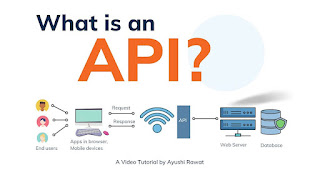CST 334 Week 1

WELCOME TO WEEK 1 Learning Journal This week I learned a lot of new things and revisited some old concepts that I needed practice with again. We reviewed how to convert number bases, which has been a while since I last did it. I actually find it pretty fun. Some of the new things I learned this week included the basic concept of an OS. Some of the things an OS does are virtualization, providing abstraction, and acting as a resource manager. I also learned about bash basics, file commands, and directory commands. I have already memorized a few. Hopefully, I will get to memorize more as I continue to practice.


